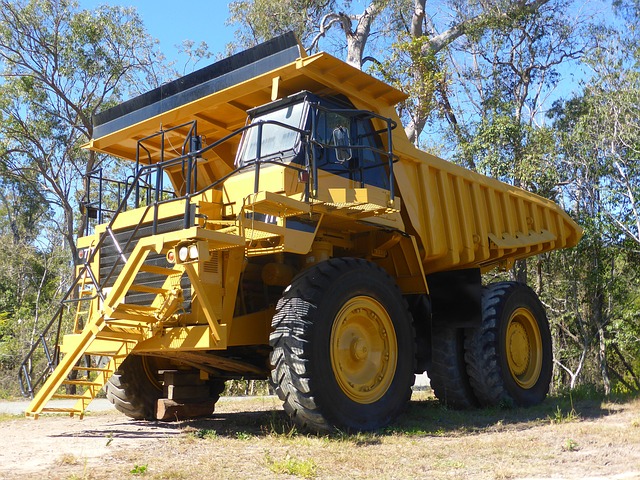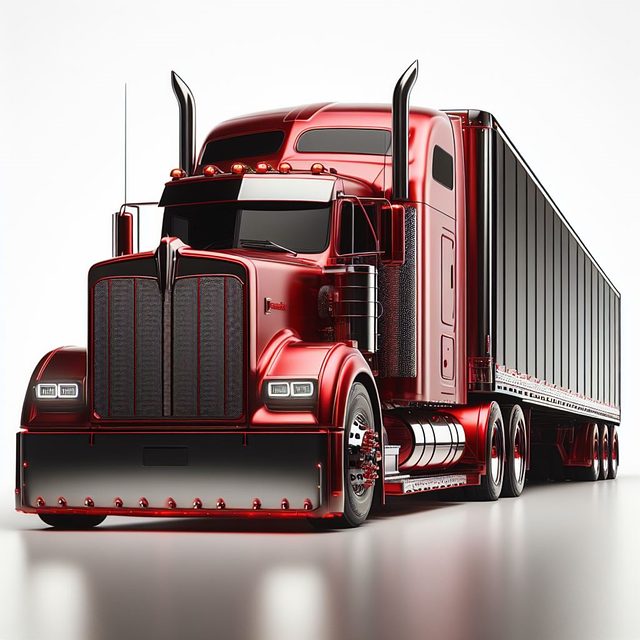As your trucking company grows, managing rising insurance costs for physical damage coverage becomes crucial. By strategically bundling different types of comprehensive insurance, investing in safety measures and driver training, and assessing your unique risk profile, you can reduce accident risks and secure better insurance rates over time. Balancing operational efficiency with effective fleet maintenance practices and proactive risk management through telematics technology will help minimize downtime and negotiate lower insurance rates. Successful scaling, as seen in case studies, relies on strategic insurance decision-making for physical damage coverage, leading to improved financial stability despite increased fleet size and complexity.
As your trucking company expands, balancing costs and coverage becomes a delicate dance. Scaling brings both increased operational complexity and insurance premium spikes due to heightened risk. This article guides you through navigating this challenge, focusing on key areas like understanding the impact of scale on insurance costs, evaluating physical damage coverage options for trucks, and implementing strategies to optimize coverage while managing expenses. We also explore successful case studies highlighting effective cost-coverage balance in the trucking industry.
Understanding the Impact of Scale on Insurance Costs

As your trucking company grows, so do the complexities of managing costs and coverage. One key area to focus on is insurance, particularly physical damage coverage. When a business expands, the overall risk can increase significantly. More vehicles on the road mean more opportunities for accidents, which directly impact insurance premiums. Therefore, as you scale, expect to see a rise in insurance expenses.
This scaling effect can be mitigated by careful planning and strategic decisions. For instance, opting for comprehensive insurance plans that bundle different types of coverage might offer savings. Additionally, implementing robust safety measures and driver training programs can help reduce the likelihood of accidents, potentially leading to more favorable insurance rates over time.
Evaluating Physical Damage Coverage Options for Trucks

When scaling a trucking company, evaluating physical damage coverage options becomes crucial for balancing costs and ensuring adequate protection. Different types of physical damage coverage are available, each catering to specific risks associated with truck operations. Comprehensive physical damage insurance, for instance, covers not only collision but also theft, natural disasters, and vandalism, providing broader protection at a premium cost.
Trucking businesses should assess their risk profiles to select suitable coverage options. Factors like fleet size, vehicle types, operation areas, and historical claims records influence the level of risk. By understanding these factors, companies can make informed decisions on deductibles and coverage limits, striking a balance between affordability and sufficient protection for their assets.
Strategies to Optimize Coverage While Managing Expenses

As your trucking company grows, balancing costs and coverage becomes a delicate dance. To optimize operations, carefully consider fleet maintenance practices. Regular servicing and proactive repairs can prevent costly breakdowns and reduce downtime. Embracing technology like telematics offers real-time tracking, enabling efficient route planning and minimizing unproductive time. By implementing these strategies, you can streamline operations without sacrificing physical damage coverage, ensuring your trucking business remains competitive as it scales.
Additionally, reviewing insurance policies is paramount. Negotiate rates with providers to reflect your company’s improved risk management through robust maintenance programs and safe driving practices. Opting for comprehensive physical damage coverage tailored to your fleet’s specific needs can help mitigate financial risks while keeping operational costs in check.
Case Studies: Successful Cost-Coverage Balance in Trucking

As trucking companies grow, balancing costs and coverage becomes a delicate act. Case studies show that successful scaling involves strategic decision-making regarding insurance—particularly physical damage coverage. Companies that prioritize this aspect have demonstrated improved financial stability despite increased fleet size and operational complexity.
For instance, consider a mid-sized trucking enterprise that expanded its operations by 30% within a year. To maintain profitability, they implemented a tiered insurance program, offering enhanced physical damage coverage for high-risk vehicles while opting for more basic policies for less hazardous assets. This approach not only reduced overall insurance costs but also ensured adequate protection for their most valuable and vulnerable equipment.
As your trucking company scales, balancing costs and coverage is crucial. By understanding the impact of scale on insurance costs and evaluating physical damage coverage options, you can implement strategies to optimize protection while managing expenses. Successful case studies highlight that a thoughtful approach to risk management enables growth without compromising financial stability, ensuring a robust and cost-effective insurance strategy for your trucking operations.
